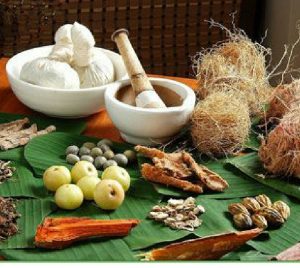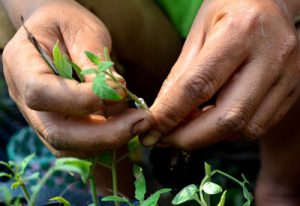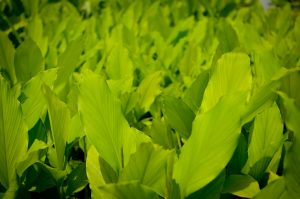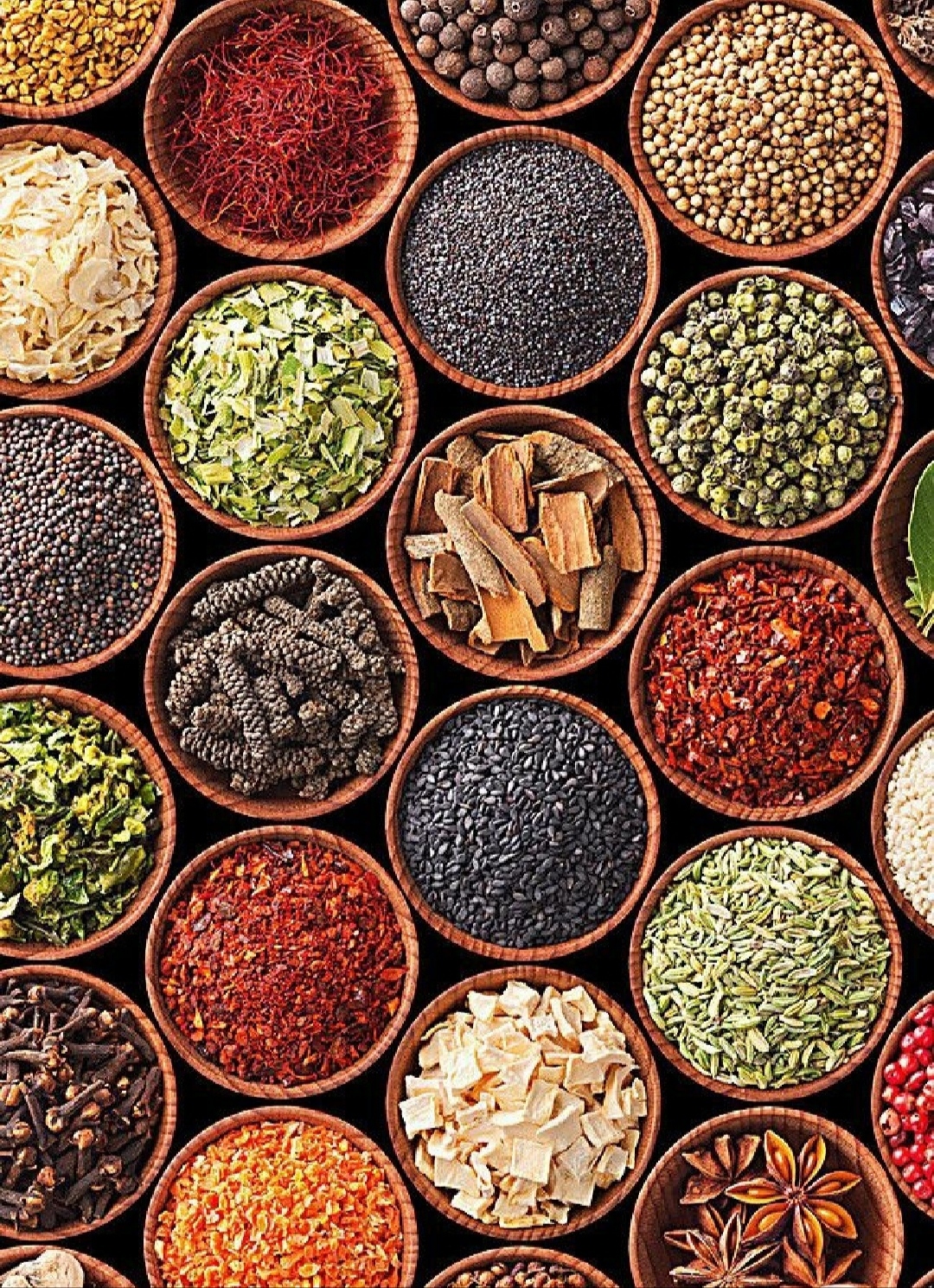People are just one of the residents on Earth. Modern anthropocentrism with value of philosophical significance for sustainable development should be implemented in the processes of herbal medicine R&D, writes Hema Nalini, artist and former lecturer of Microbilogy in the wake of controversy of Anandaiah in the pandemic times.
In this essay she profusely discuss about the alternative medicines which are being used by 80 percent of the world’s population. And she also says, these medicines are not only used by the rural masses for their primary health care in the developing countries, but are also used in the developed countries where modern medicines dominate.
A thought provoking article that gives basis of ground reality of our bounty of universe.

“We don’t know what happens around the world. Our system of medicine is just around 200 years old. We respect all other systems of medicine and are curious to know about them.”
This is what I heard from a health practitioner as an answer to my question about the use of alternative medicine, during one of my health visits to a hospital while living in the US. I just wondered about the positivity she showed upon the traditional systems of medicine.
Back home in India, we argue without having much knowledge of our own indigenous practices and systems of medicine.
In the light of recent developments over the controversy of Indigenous medical systems over western and also as many of the medicinal plants are already getting extinct, I would like to throw some light onto this area.
In an era of rapidly advancing science and technology, there is a tendency to ignore traditional values and knowledge, as well as traditional medicines at large. Although the “postgenomic” era offers great opportunities for screening active compounds from medicinal plants, one should be aware of traditional knowledge in an attempt to discover drugs derived from herbal medicine. Many medicinal properties of plant species were revealed from experience accumulated from a long history of use in many traditional herbal therapies. Knowledge accumulated in traditional medicine, therefore, plays an important role in enhancing the success rate of drug discovery from herbal medicine. Generally, the success rate of the synthetic route for developing new medicinal agents may be 1/10,000; however, the success rate with search for new therapeutic moieties based on medical plants used in traditional medicinal system can be as high as 1/4 or more.

The Indian subcontinent is a vast repository of medicinal plants that are used in the traditional medical treatments.
Alternative medicines are being used by about 60 percent of the world’s population. These medicines are not only used by the rural masses for their primary health care in the developing countries, but are also used in the developed countries where modern medicines dominate. The Indian subcontinent is a vast repository of medicinal plants that are used in the traditional medical treatments. The alternative medicines in the traditional systems are derived from herbs, minerals, and organic matter etc. Use of plants as a source of medicine has been an ancient practice and is an important component of the health care system in India.
“Eat leeks in March and wild garlic in May, and all the year after the physicians may play.”
– Traditional Welsh rhyme.
Finding healing powers in plants is an ancient idea. People in all the continents have long applied poultices and imbibed infusions of hundreds, if not thousands, of indigenous plants, dating back to prehistoric times. There is evidence that Neanderthals living 60,000 years ago in present-day Iraq used plants such as hollyhock. These plants are still widely used in ethnomedicine around the world.
In China, for instance, there are about thousand endangered plants, of which 60–70% are medicinal plants [220]. There are nearly 12,000 species of medicinal plants used in TCM, and more than 6,000 species have disappeared over a period of less than 20 years.
Scientists realize that the effective life span of any antibiotic is limited.
New sources, especially plant sources, are also being investigated. Second, the public is becoming increasingly aware of problems with the overprescription and misuse of traditional antibiotics. In addition, many people are interested in having more autonomy over their medical care. A multitude of plant compounds is readily available over-the-counter from herbal suppliers and natural-food stores, and self-medication with these substances is in commonplace. The use of plant extracts, as well as other alternative forms of medical treatments, is enjoying great popularity in the late 1990s.

There is a scientific discipline known as ethnobotany (or ethnopharmacology), whose goal is to utilize the impressive array of knowledge assembled by indigenous peoples about the plant and animal products they have used to maintain health.
It is estimated that there are 250,000 to 500,000 species of plants on the Earth. A relatively small percentage (1 to 10%) of these are used as foods by both humans and other animal species. It is possible that even more are used for medicinal purposes. Hippocrates (in the late fifth century B.C.) mentioned 300 to 400 medicinal plants. In the first century A.D., Dioscorides wrote De Materia Medica, a medicinal plant catalog which became the prototype for modern pharmacopoeias.
In the past 20 years has been the rapid rate of (plant) species extinction. There is a feeling among natural-products chemists and microbiologists alike that the multitude of potentially useful phytochemical structures which could be synthesized chemically is at risk of being lost irretrievably. There is a scientific discipline known as ethnobotany (or ethnopharmacology), whose goal is to utilize the impressive array of knowledge assembled by indigenous peoples about the plant and animal products they have used to maintain health.
In many cases, these substances serve as plant defense mechanisms against predation by microorganisms, insects, and herbivores. Some, such as terpenoids, give plants their odors; others (quinones and tannins) are responsible for plant pigment. Many compounds are responsible for plant flavor (e.g., the terpenoid capsaicin from chili peppers), and some of the same herbs and spices used by humans to season food yield useful medicinal compounds.
The fall of ancient civilizations forestalled Western advances in the understanding of medicinal plants, with much of the documentation of plant pharmaceuticals being destroyed or lost.

Very less percentage of plants were tested for medicinal value so far leaving behind the uses of many other plants unknown.
During the Dark Ages, the Arab world continued to excavate their own older works and to build upon them. Of course, Asian cultures were also busy compiling their own pharmacopoeia. In the West, the Renaissance years saw a revival of ancient medicine, which was built largely on plant medicinals. Very less percentage of plants were tested for medicinal value so far leaving behind the uses of many other plants unknown.
Four different Ayurvedic formulations were tested against a placebo for their effectiveness against acne vulgaris. One of the formulations, Sunder Vati, produced a significantly greater reduction in lesion count than did the other three and the placebo. No toxic side effects were observed. Two proprietary compounds derived from tropical plants, Provir, for the treatment of respiratory viral infections, and Virend, a topical antiherpes agent, were tested in clinical trials in 1994. Since then, the efficacy and safety of Virend have been established in phase II studies.
Effective therapies for HIV infection are being sought far and wide, in the natural world as well as in laboratories. As one example of in vivo anti-HIV studies, infection in mice has been studied. Glycyrrhizin, found in Glycyrrhiza plants (the source of licorice), extended the life of the retrovirus-infected mice from 14 to 17 weeks. A crude extract of the cactus Opuntia streptacantha had marked antiviral effects in vitro, and toxicity studies performed in mice, horses, and humans found the extract to be safe.

In this regard, the study on self-medication in animals may offer a novel approach to drug discovery for humans.
Plant-derived herbs may interact favorably with the human body and hence produce beneficial effects in terms of health promotion. Interestingly, it has been observed that nonhuman vertebrates will eat some types of plants for self-medication under disease conditions, as we see often cats eating grass for self healing.Not surprisingly, the observations of eating behavior and serendipitous events in wild animals have led to the discovery of herbs/plants with therapeutic potential. In this regard, the study on self-medication in animals may offer a novel approach to drug discovery for humans. For instance, novel antimalarial compounds were isolated from the leaves of Trichilia rubescens based on a behavioral survey of chimpanzees from a natural population in Uganda.
Herbs used in traditional or folk medicines constitute only a small portion of naturally occurring plants. With the advances in analytical technology and biological science, many bioactive chemical entities have been identified in plants or foodstuffs through phytochemical and pharmacological studies. For example, taxol (paclitaxel), an important anticancer drug, is isolated from the Pacific Yew tree. Lutein isolated from marigold is known to positively affect visual performance and help prevent cataracts. Lycopene from tomatoes is thought to prevent certain types of cancers. While humans have mastered the technology of drug synthesis, plants remain a good source for drug discovery. As such, many popular drugs, such as paclitaxel, vincristine, vinblastine, artemisinin, camptothecin, and podophyllotoxin, were all derived from plants and developed by pharmaceutical companies.
Some analysts suggest that pharmaceutical companies will not invest in drug testing for botanicals since it is still unclear whether proprietary claims can be made. Richard van den Broek, industry analyst, concurs, saying that majority of the research in developing new drugs is being conducted instead by biotechnology companies. It takes about 10–15 years for a newly synthesized compound to become a marketable therapeutic agent, and the cost would be approximately 1 billion $. As ancient humans adopted a plant-based (i.e., herbivorous) diet, the body function of humans may have been primed by a large number of secondary metabolites derived from plants.
Considering the extremely high cost and longtime of new drug development, as well as the high drug attrition rate, an imminent task for pharmaceutical companies is to explore new ways for drug R&D. Therefore, more and more attention in the field of drug discovery has been focused on the herbal medicine. Herbal medicine as a source of new compounds for drugs is going to become a global trend in the pharmaceutical industry.

The principle of ecological ethics should be upheld by preserving biodiversity while exploiting natural resources for drug discovery.
An impressive number of chemicals have been isolated either from medicinal plants or synthesized on the basis of natural lead compounds. For instance, schisandrin C present in Schisandra chinensis has led to the discovery and development of two potent drug derivatives, bifendate and bicyclol. Artemisinin isolated from Artemisia annua has generated at least ten new drugs on the market.
The principle of ecological ethics should be upheld by preserving biodiversity while exploiting natural resources for drug discovery. Man does not have the right to wipe out any species arbitrarily and mess with genes to create transgenic crops for their own benefits. People are just one of the residents on Earth. Modern anthropocentrism with value of philosophical significance for sustainable development should be implemented in the processes of herbal medicine R&D.
Increased side effects, lack of curative treatment for several chronic diseases, high cost of new drugs, microbial resistance and emerging, diseases are some reasons for renewed public interest in complementary and alternative medicines. Therefore, the use of herbal/plant medicine has been the single most successful strategy for the development of novel therapeutic agents, and this trend will be continued in the future.
Ayurveda, the traditional Indian medicine, remains the most ancient yet living traditions. Although India has been successful in promoting its therapies with more research and science-based approach, it still needs more extensive and evidence based research in the current scenario.
Hema Nalini is an artist and former Lecturer. Her qualifications being Bachelor in education, post – graduation in Microbiology, She also did a course in Bioinformatics at IIT Mubmai. She lives and works from Hyderabad.

